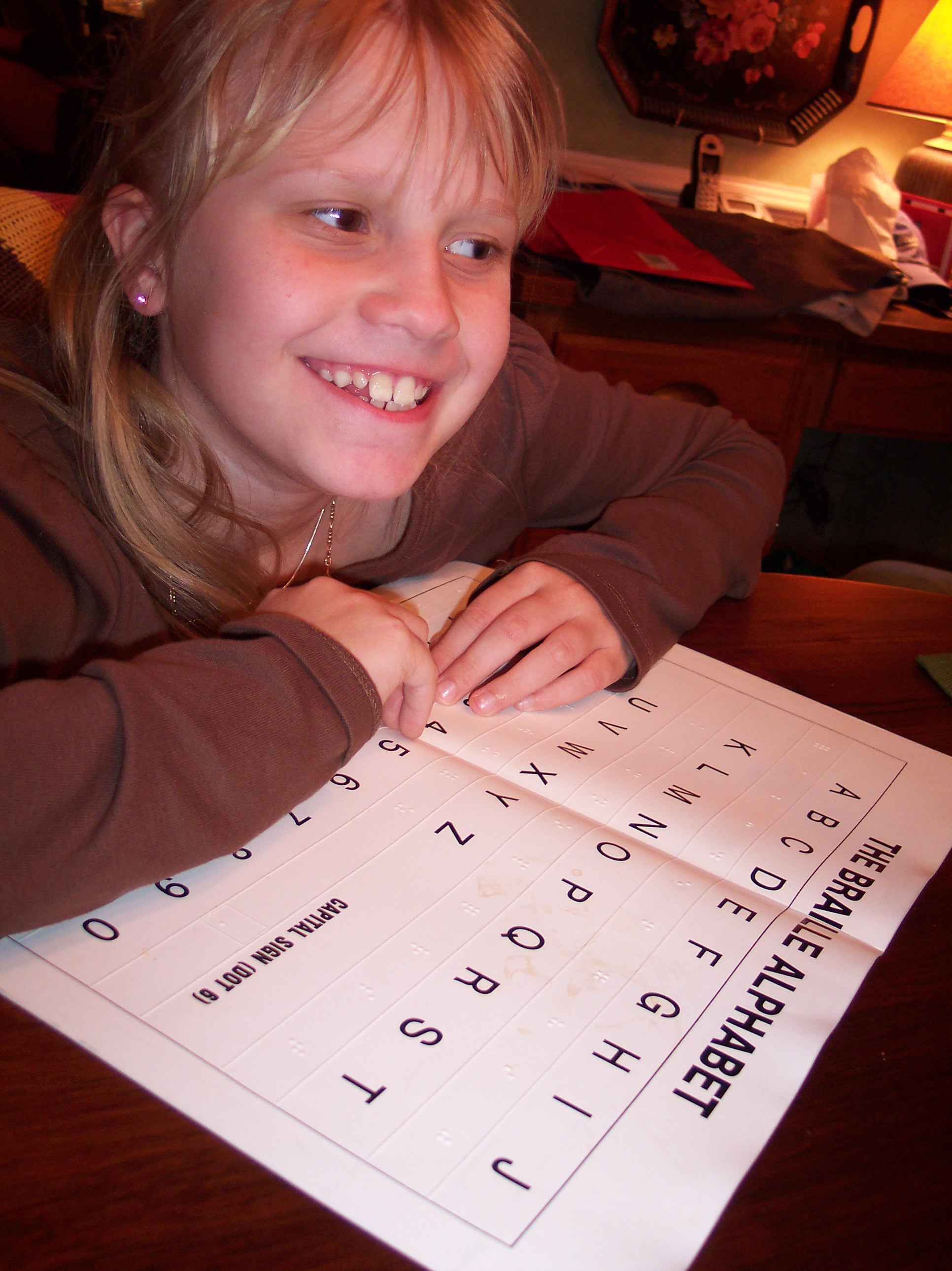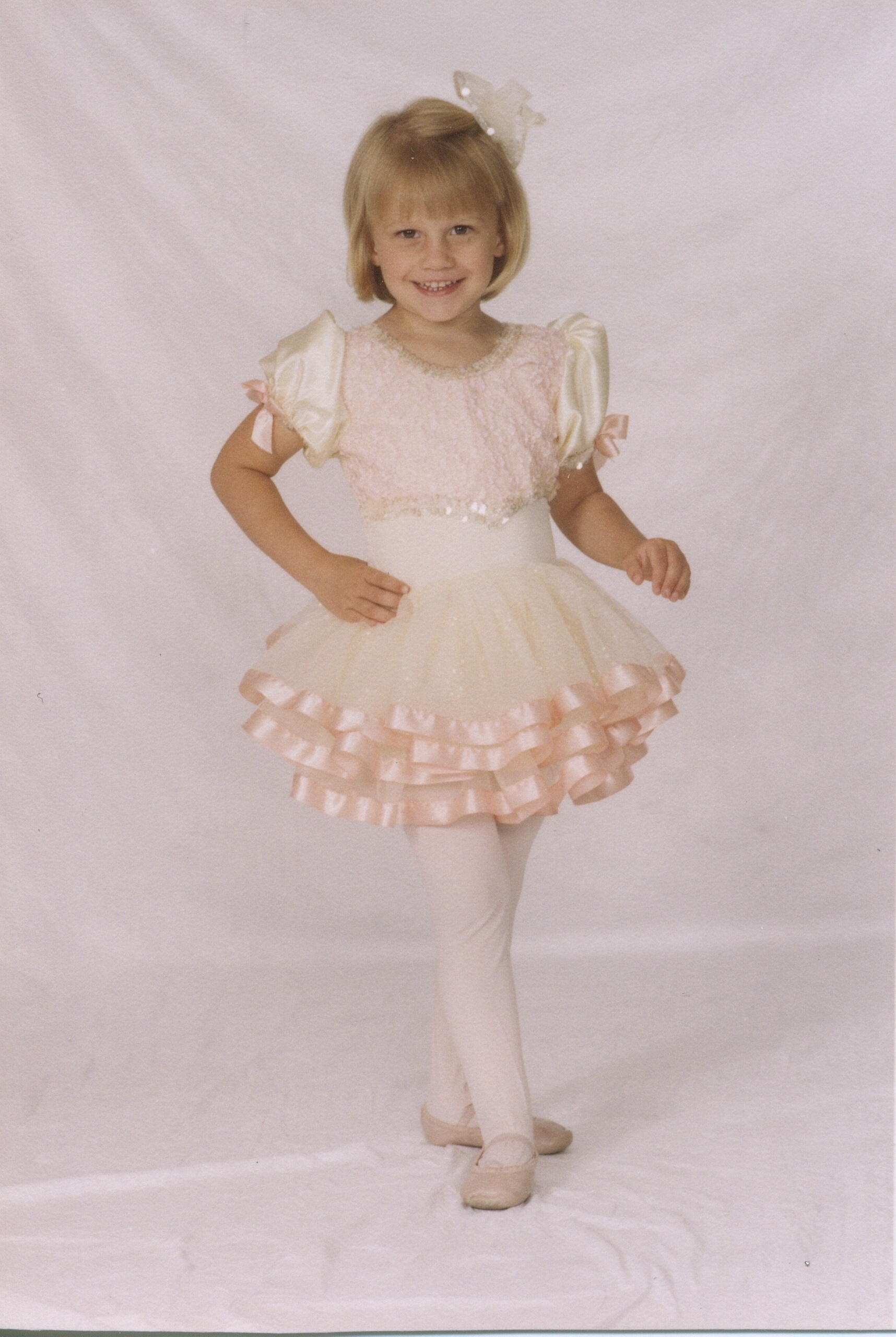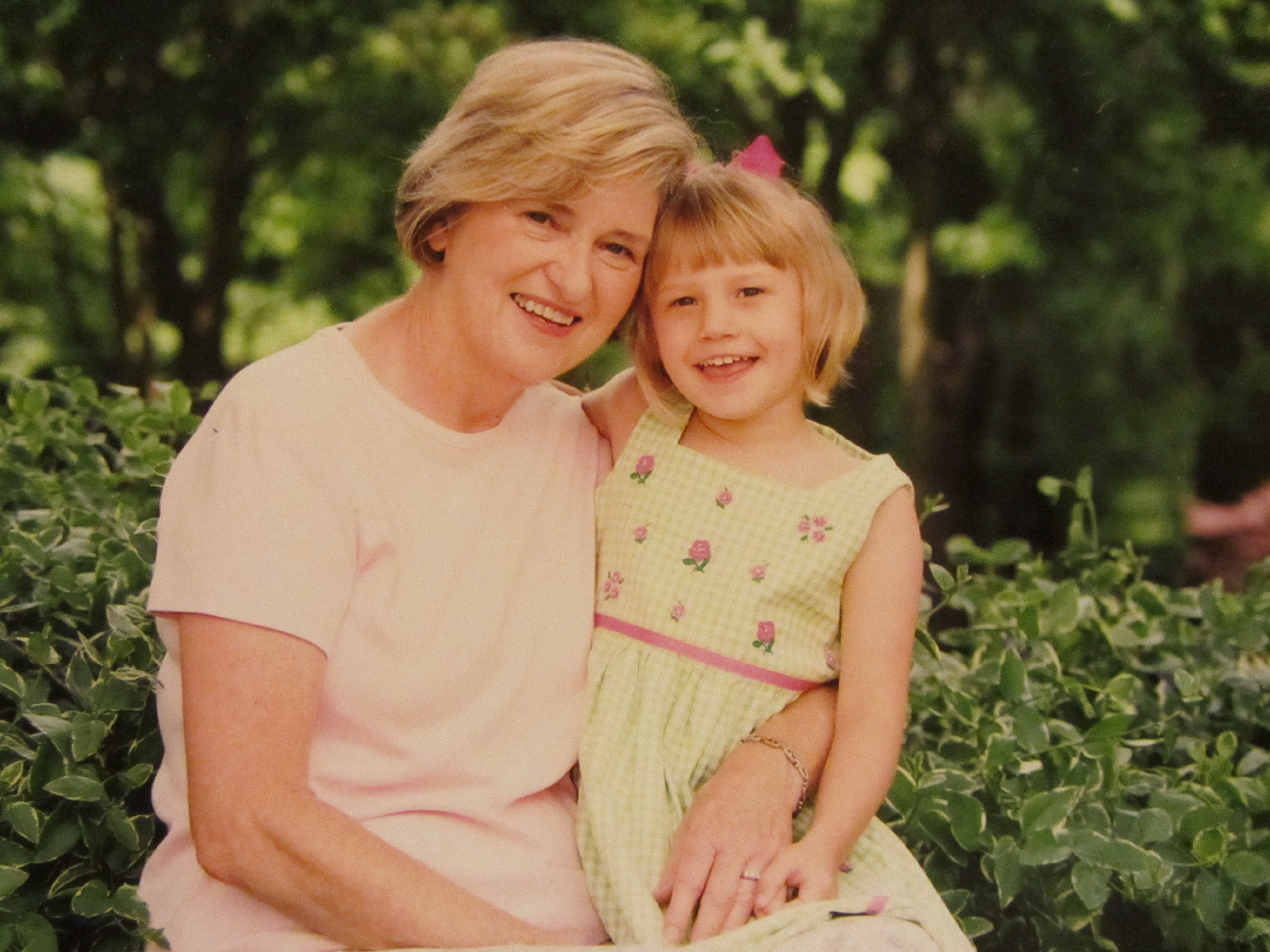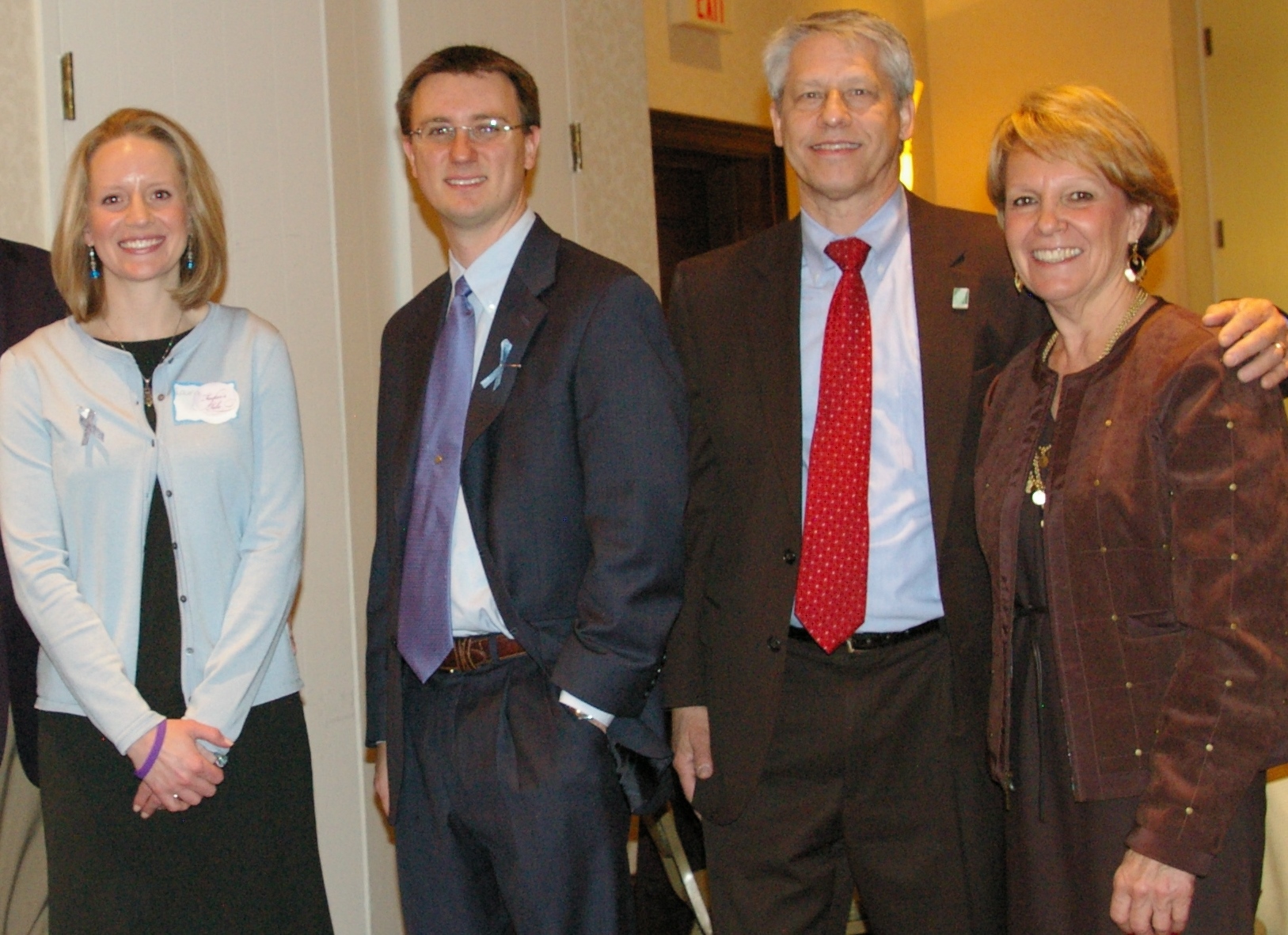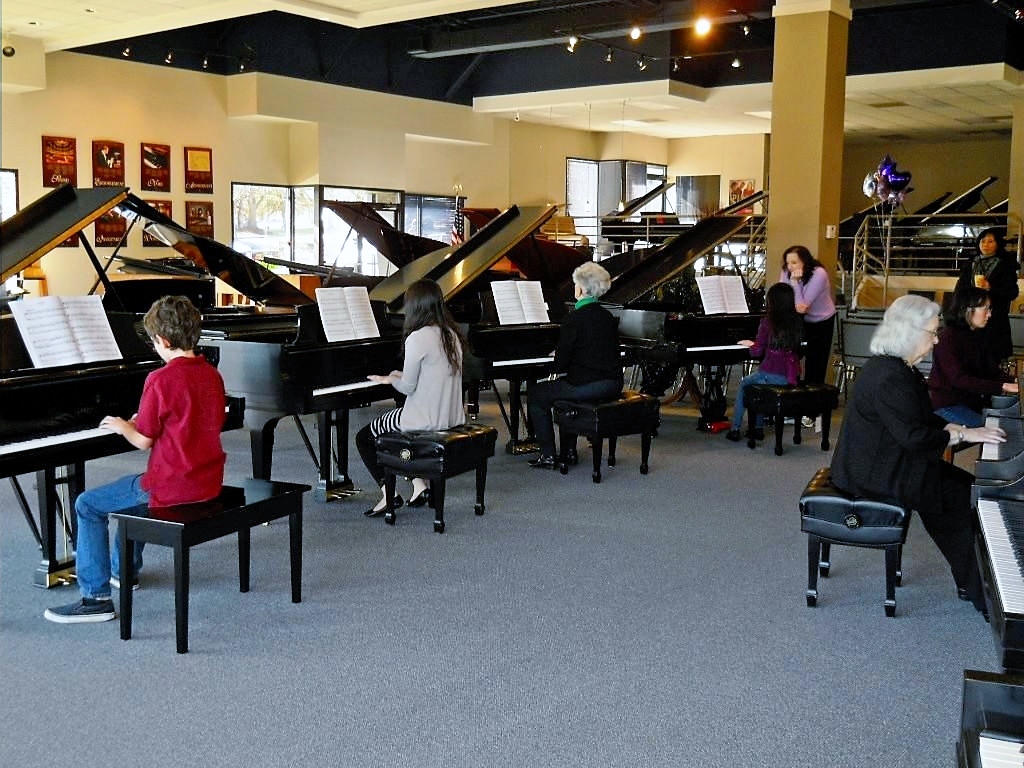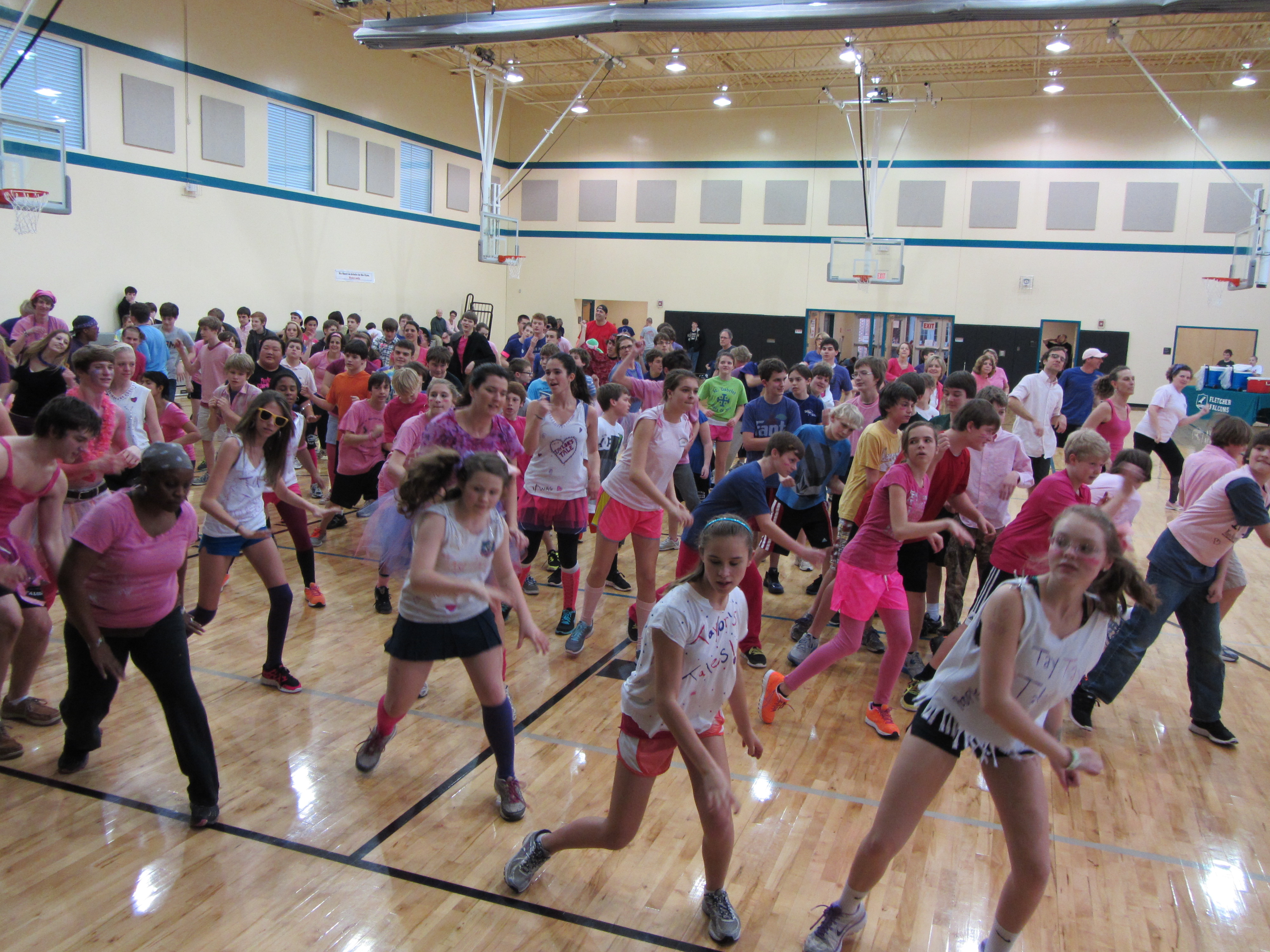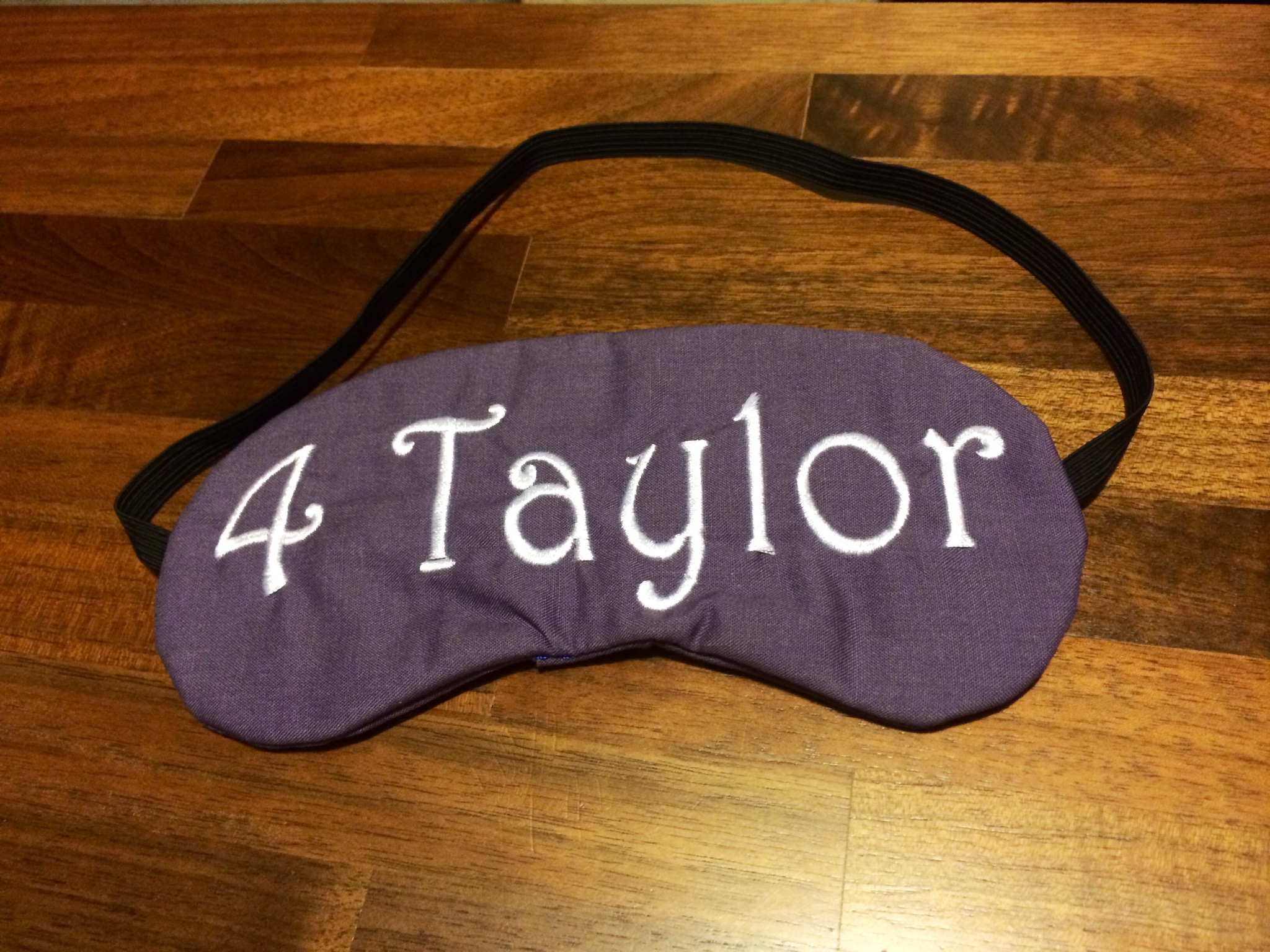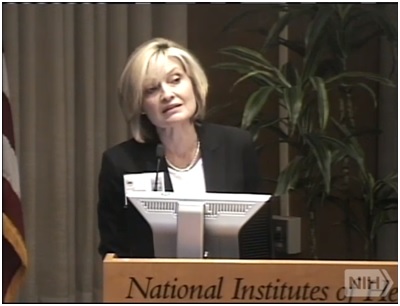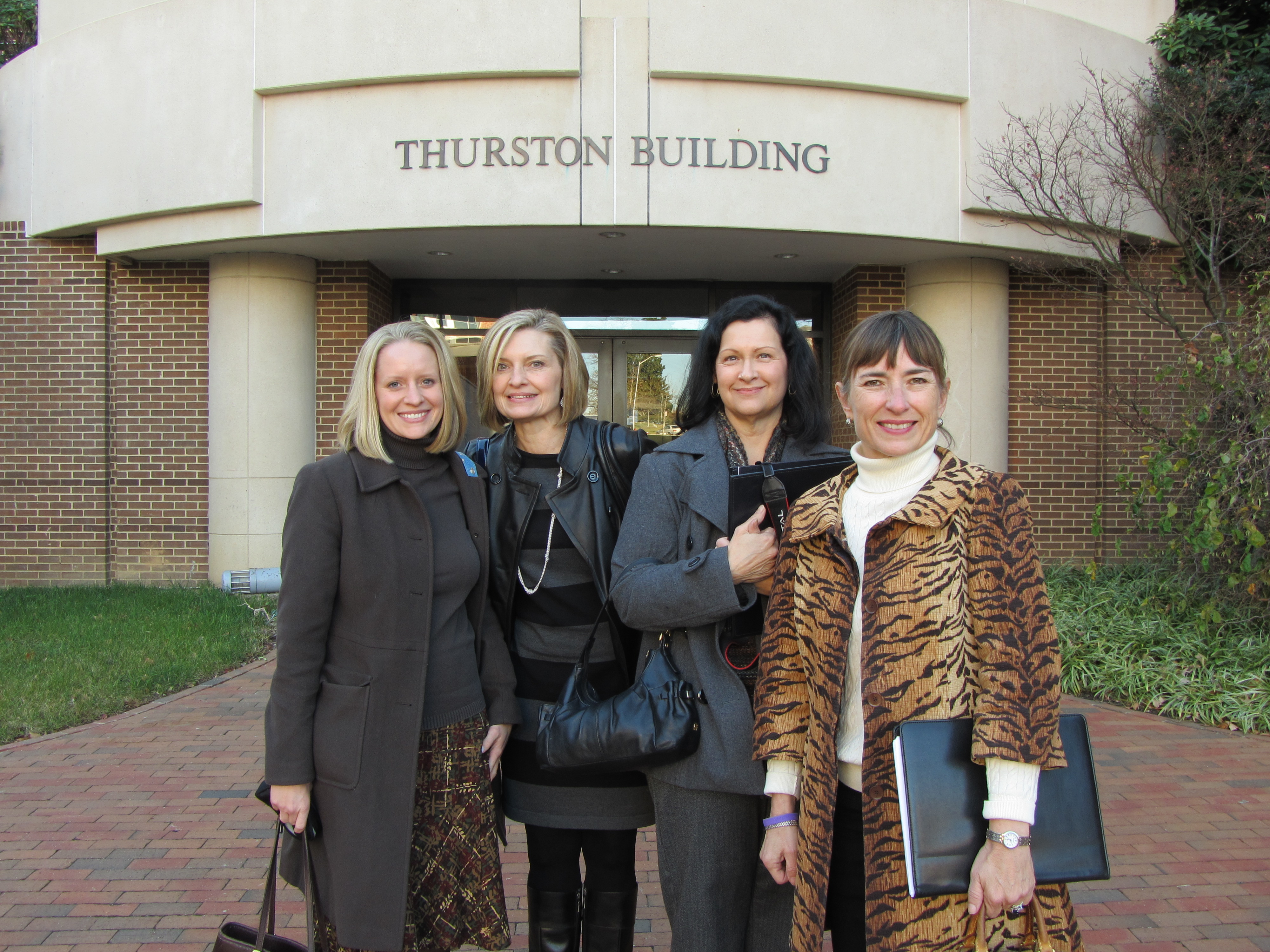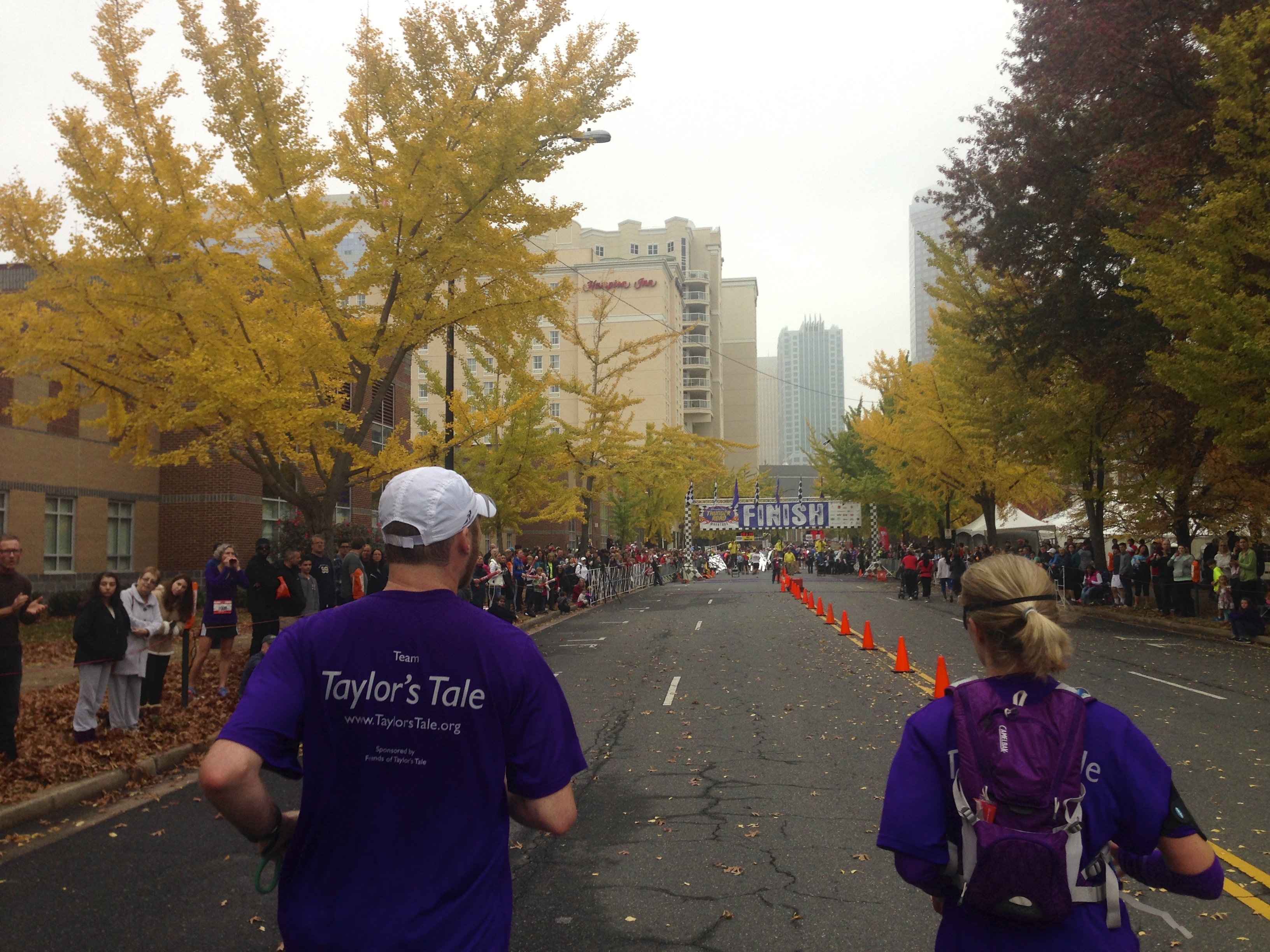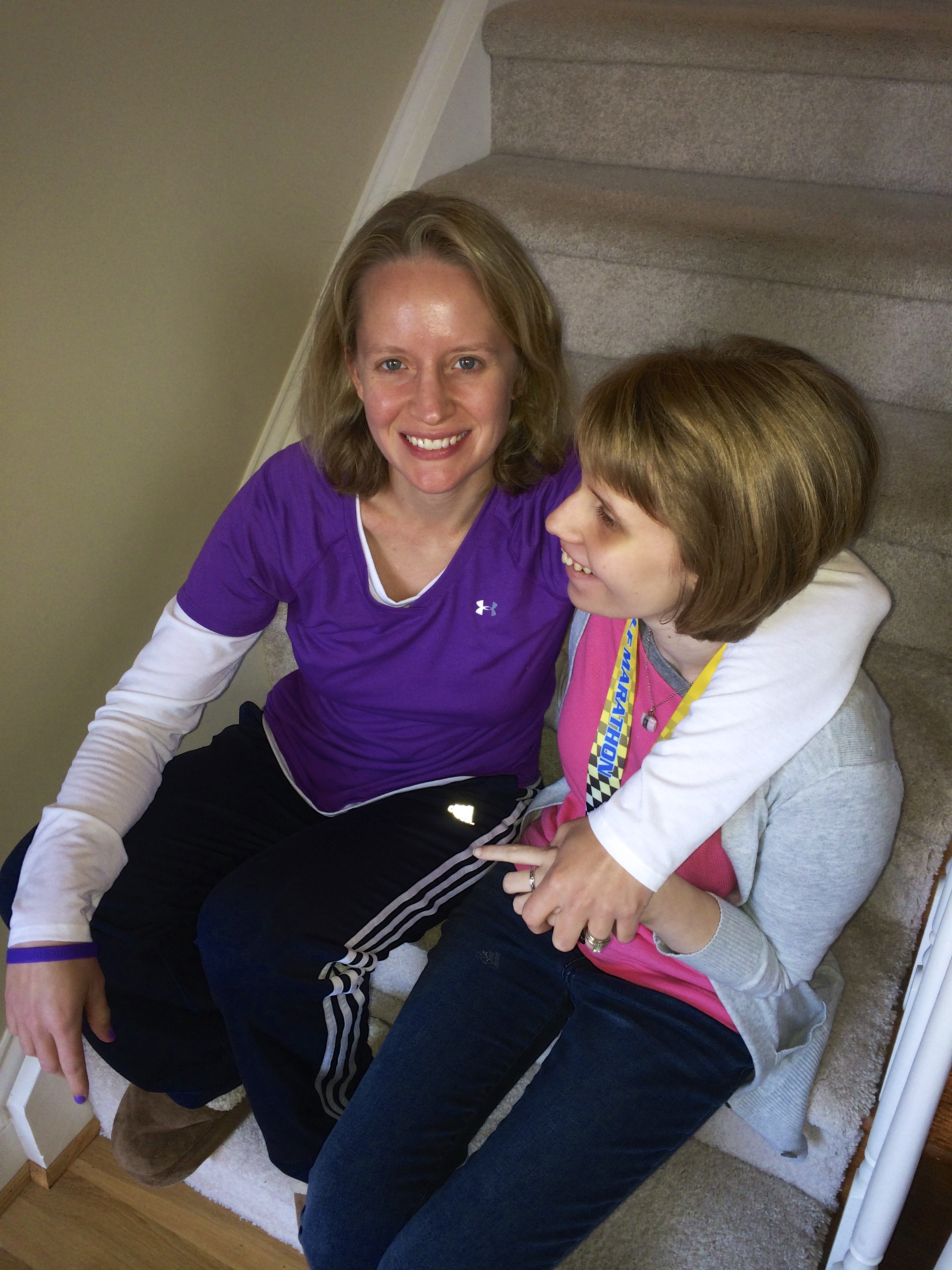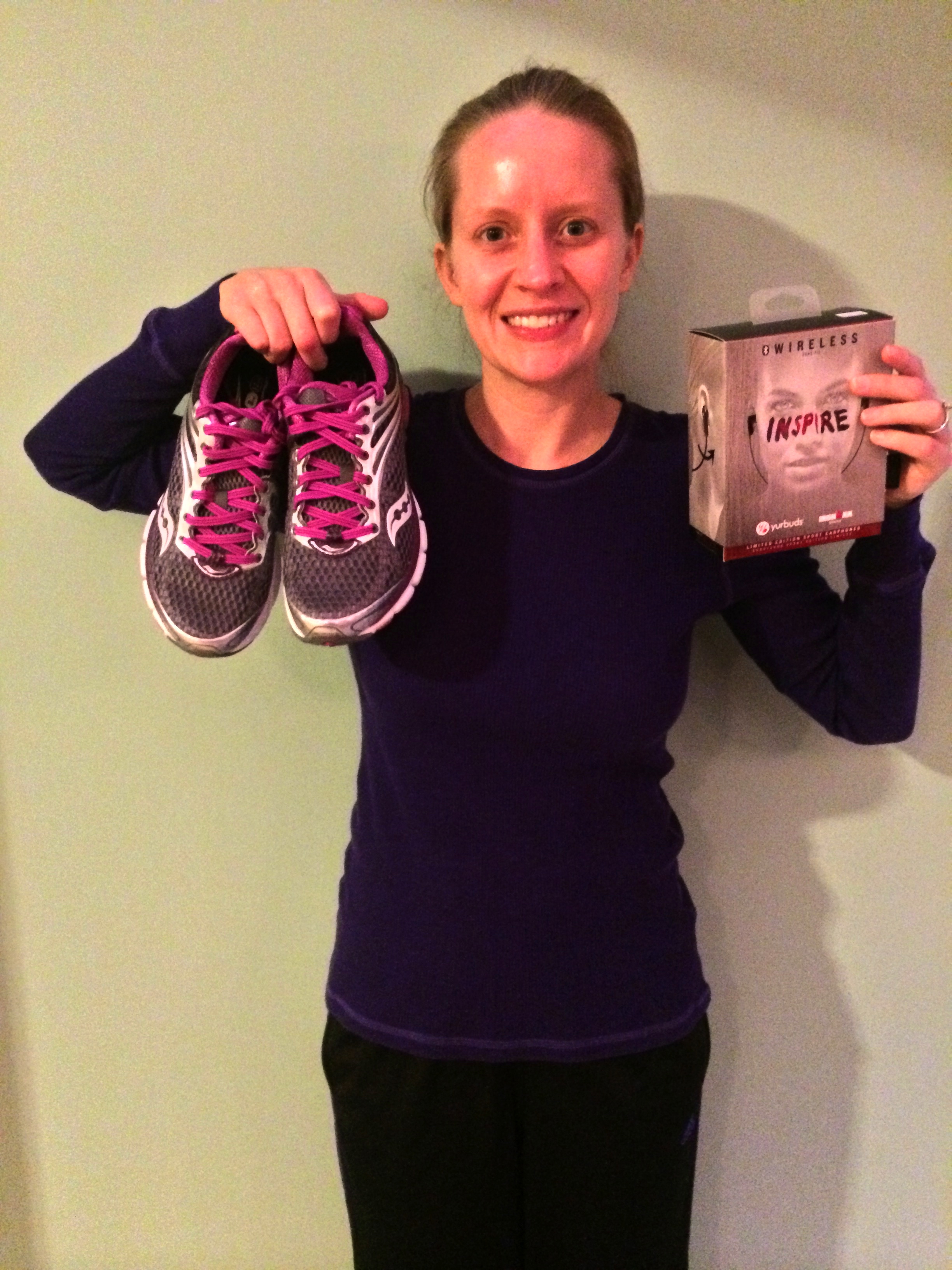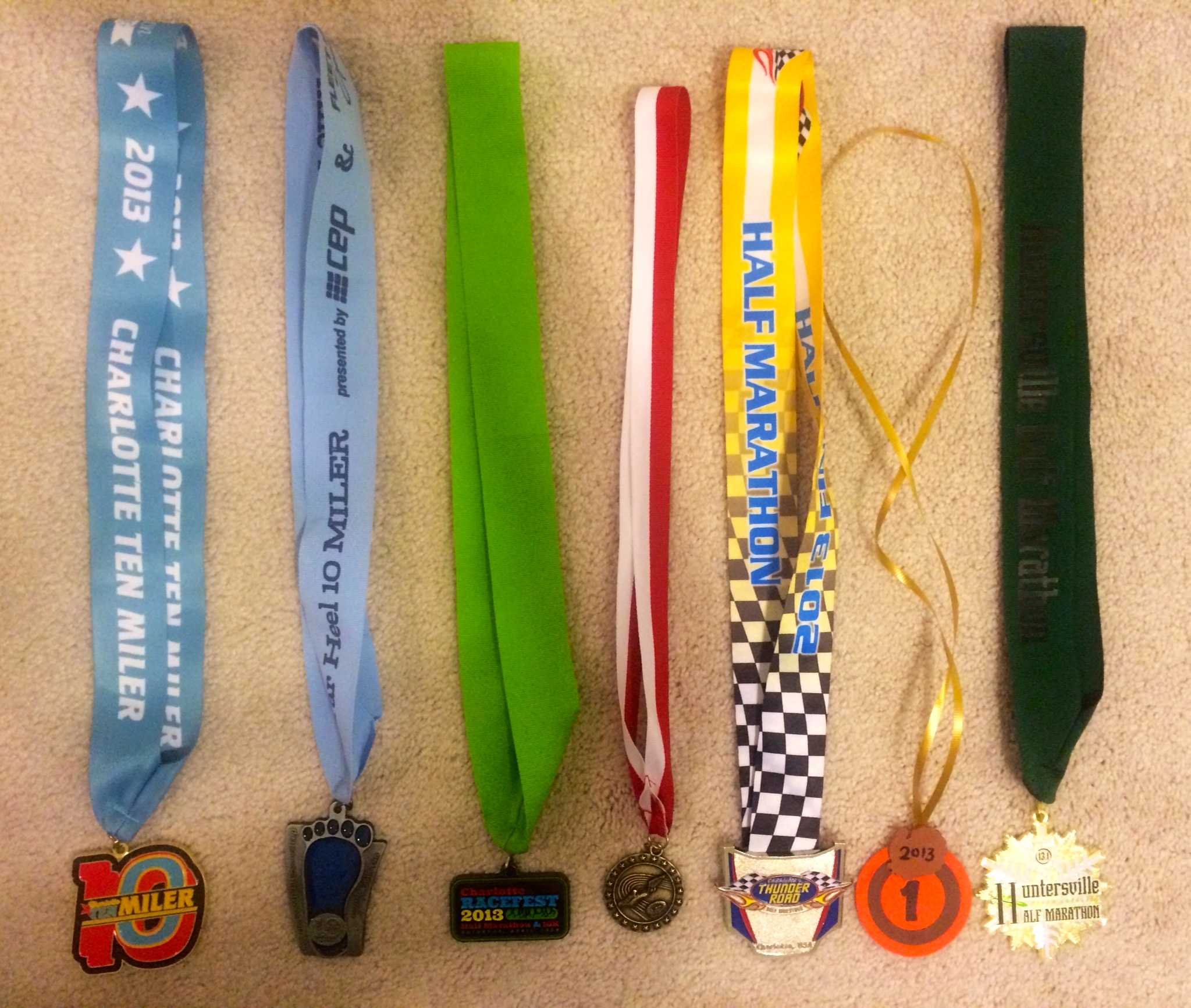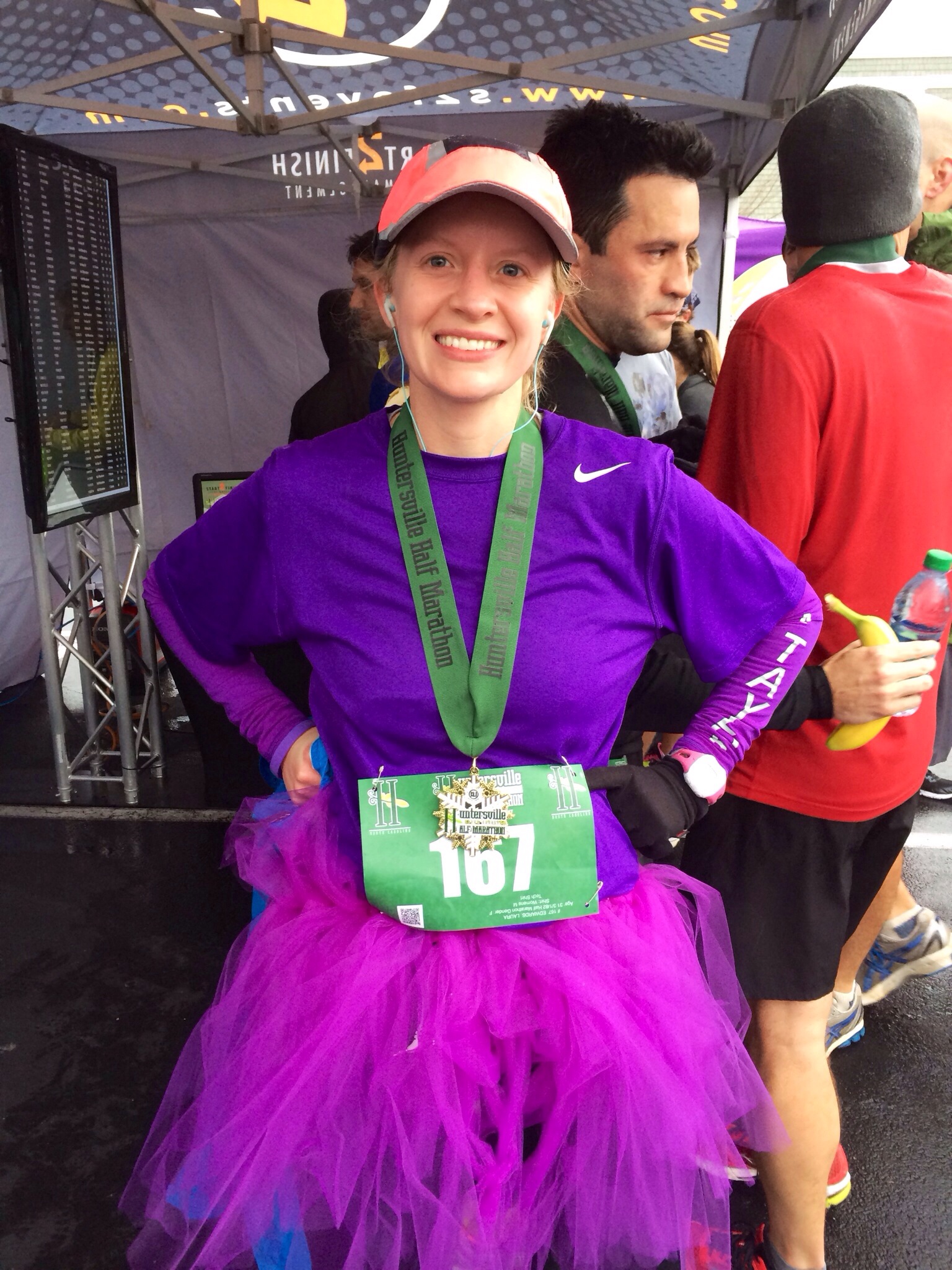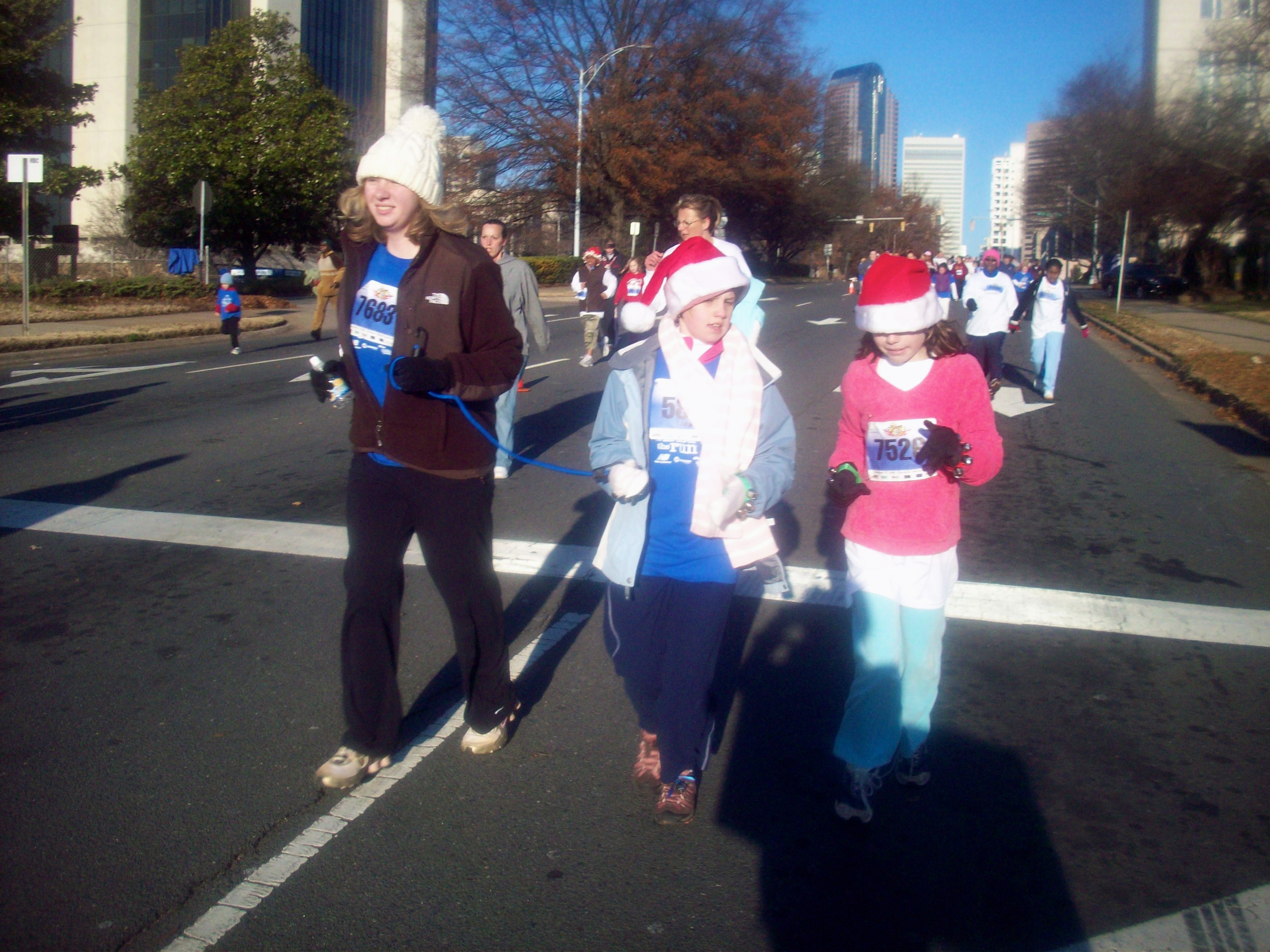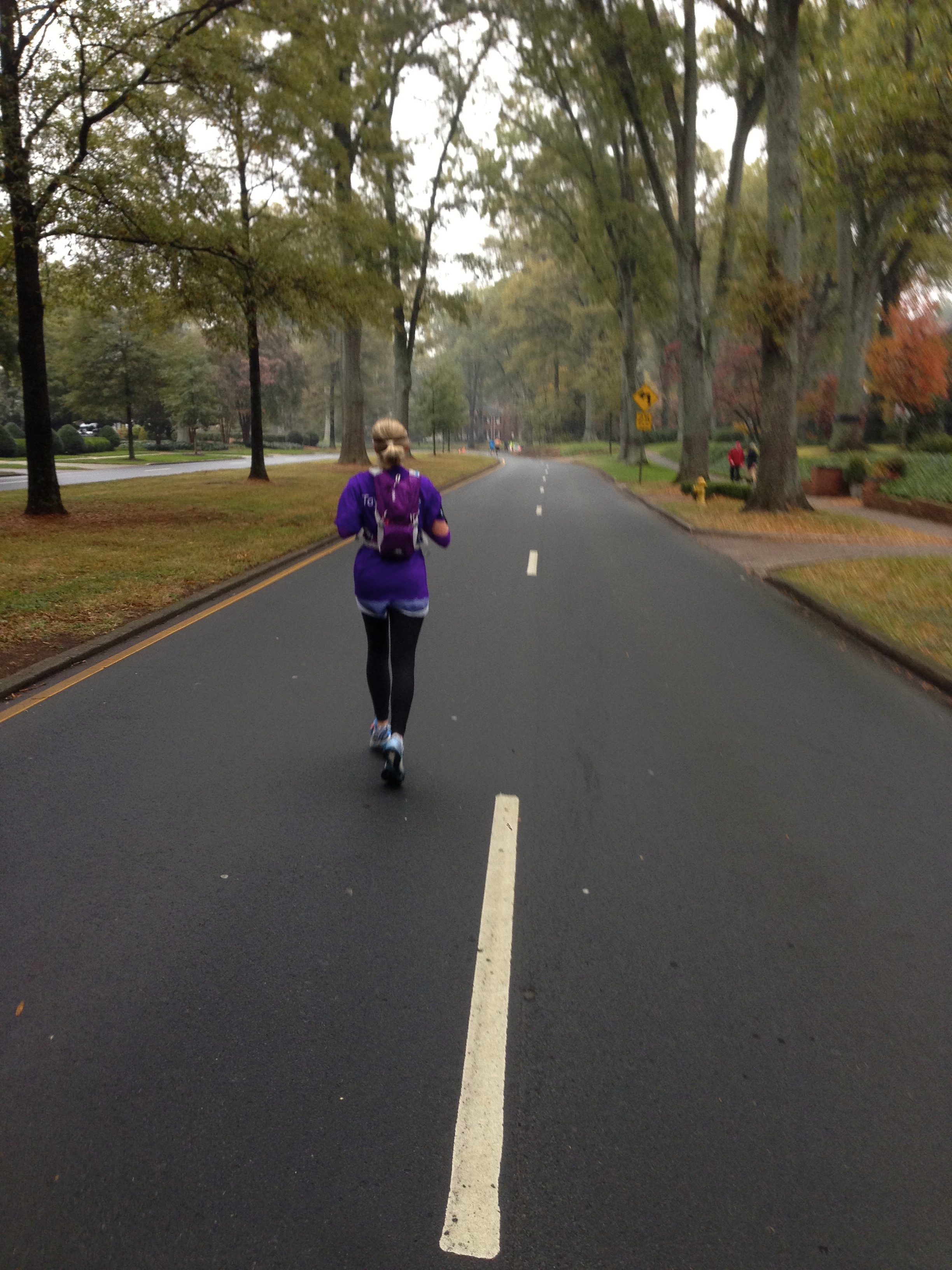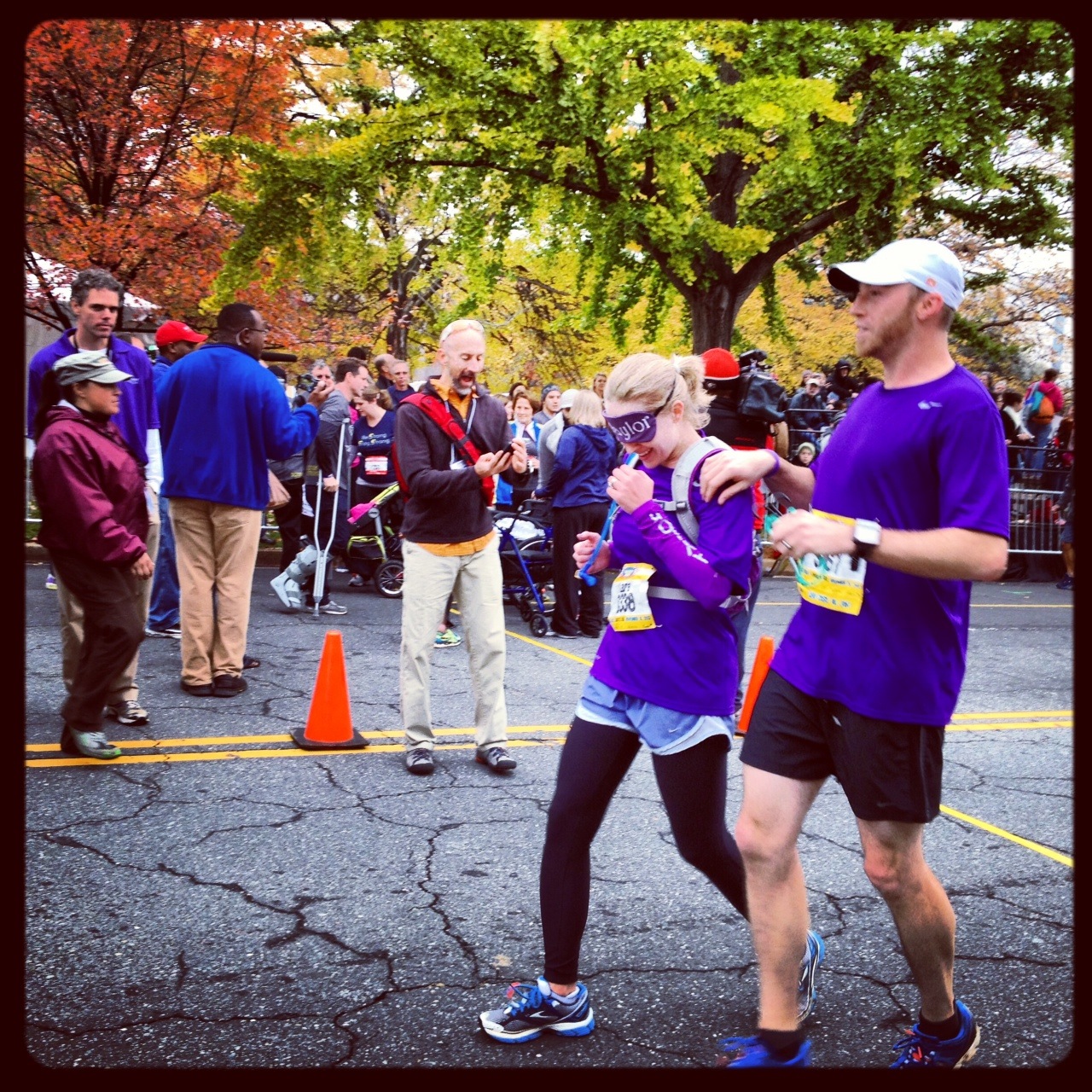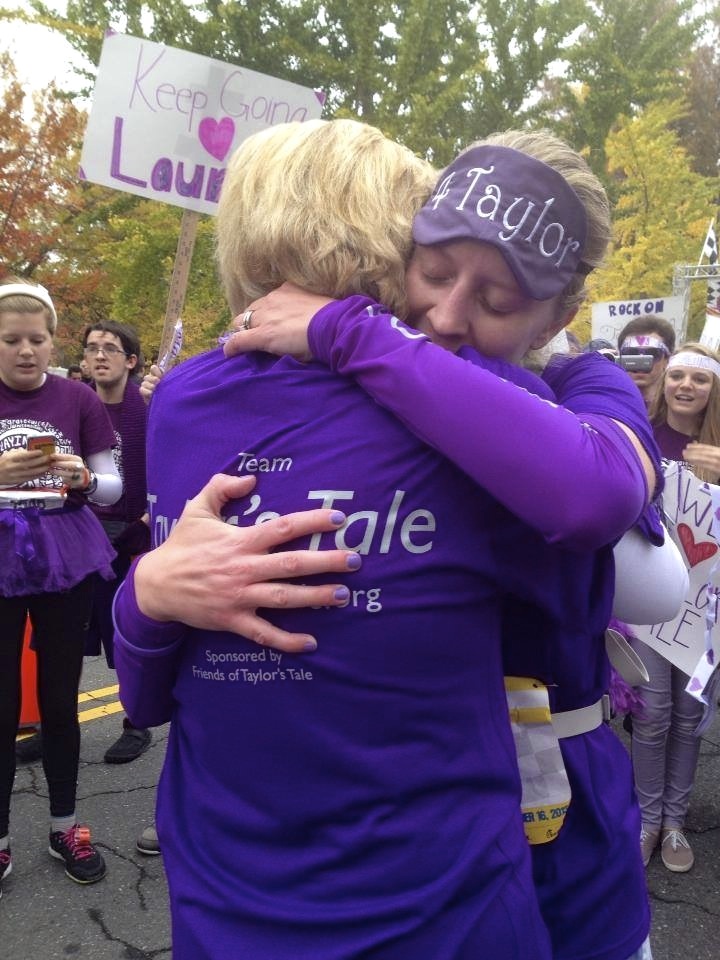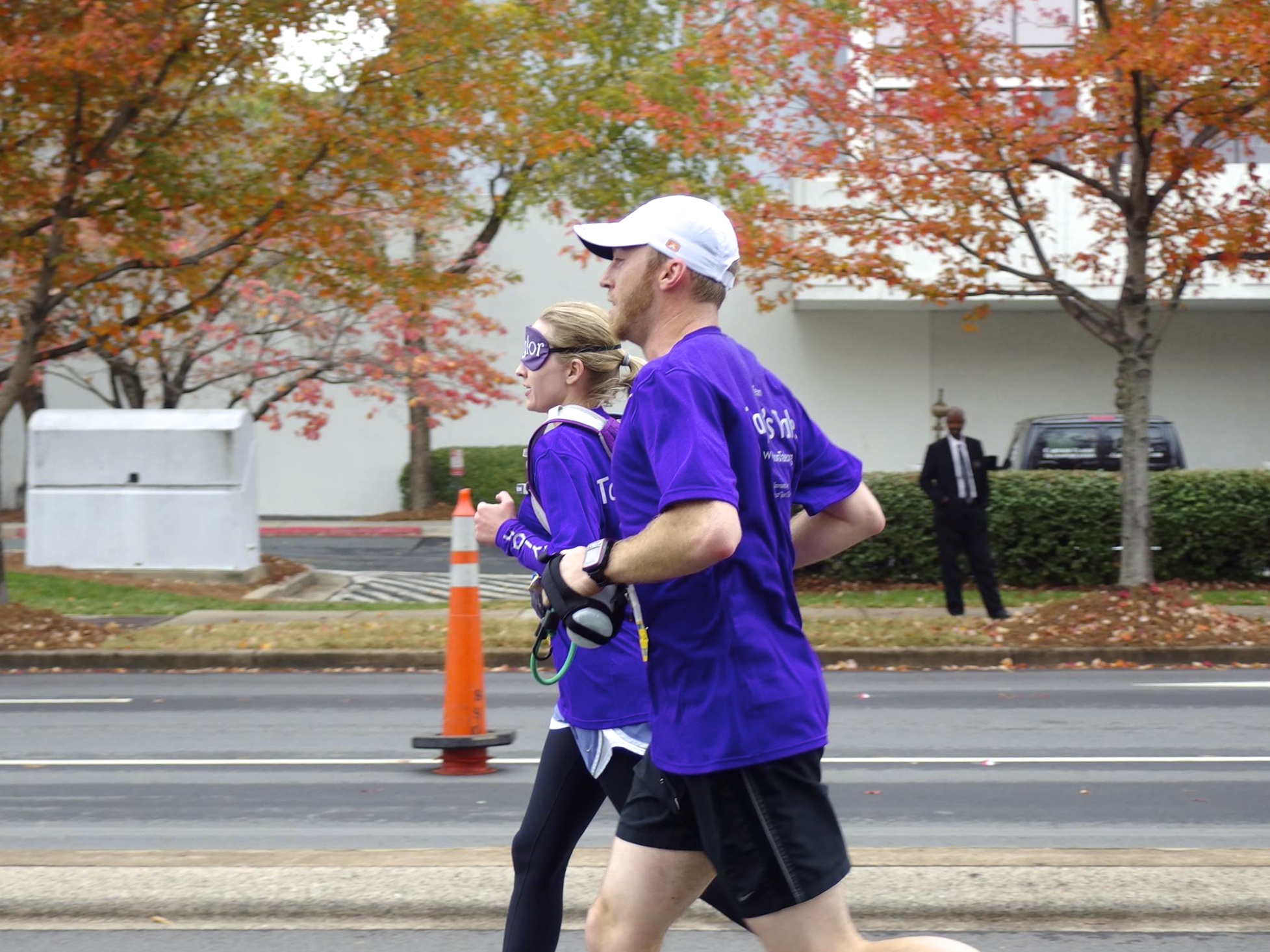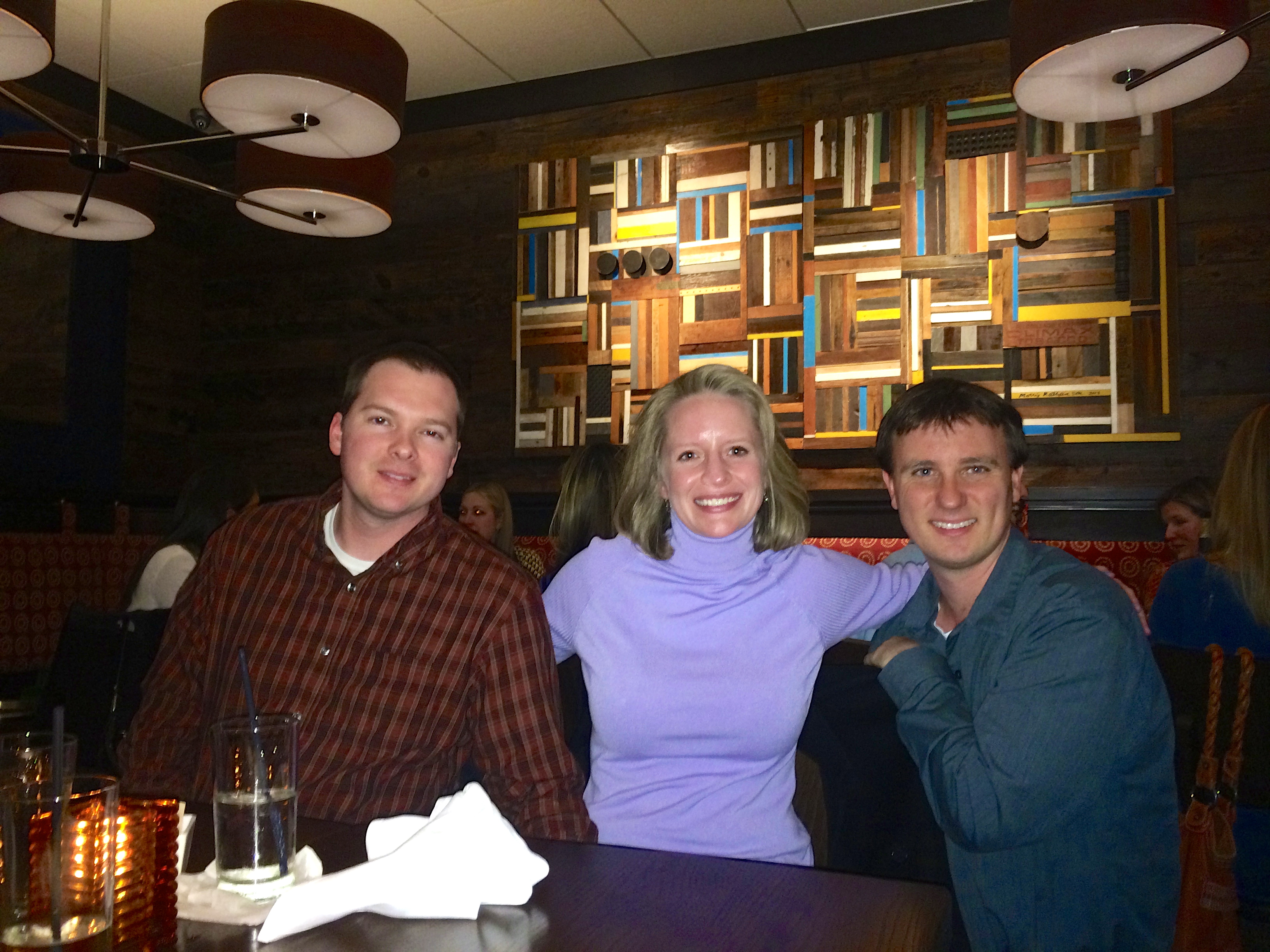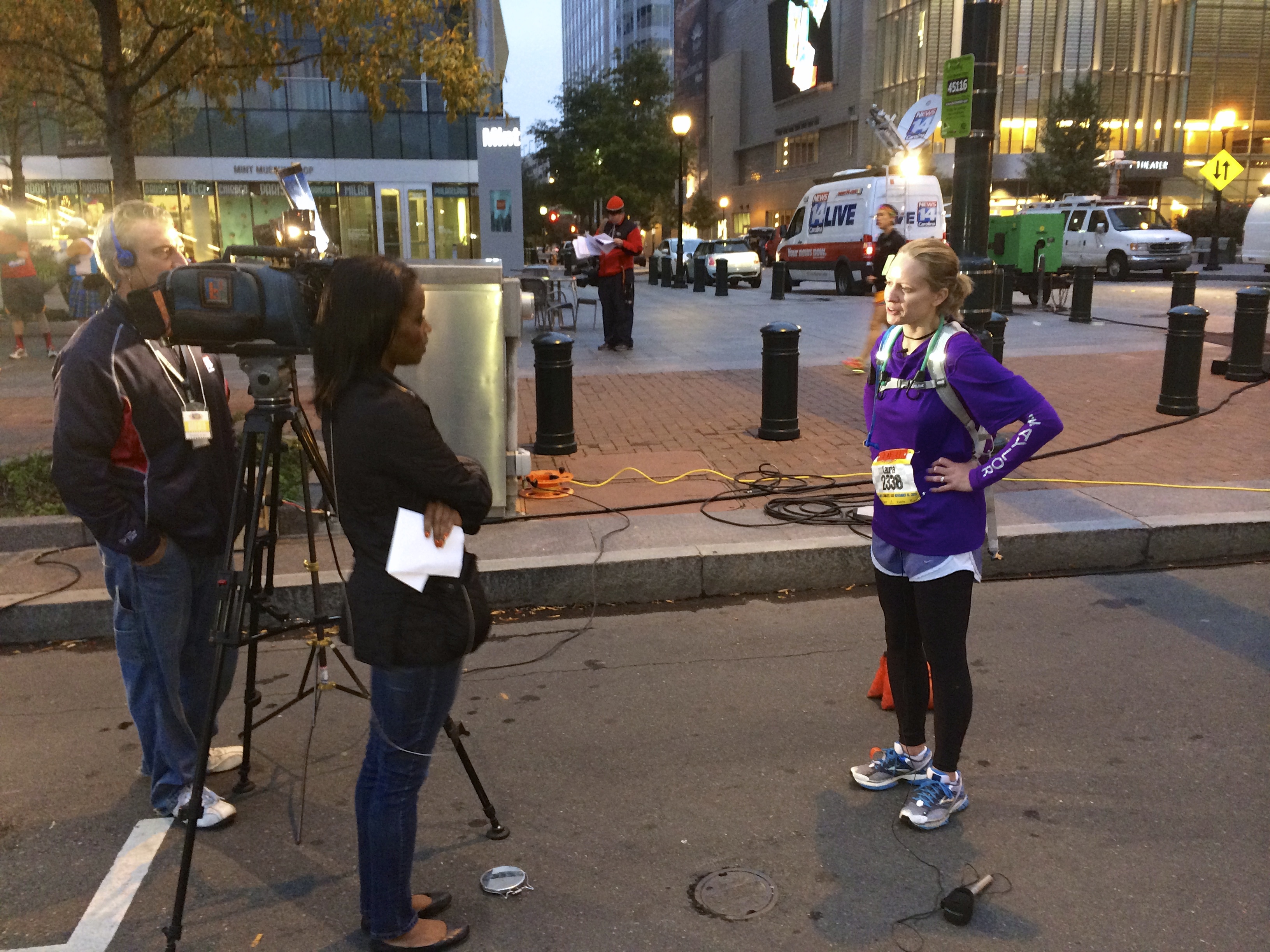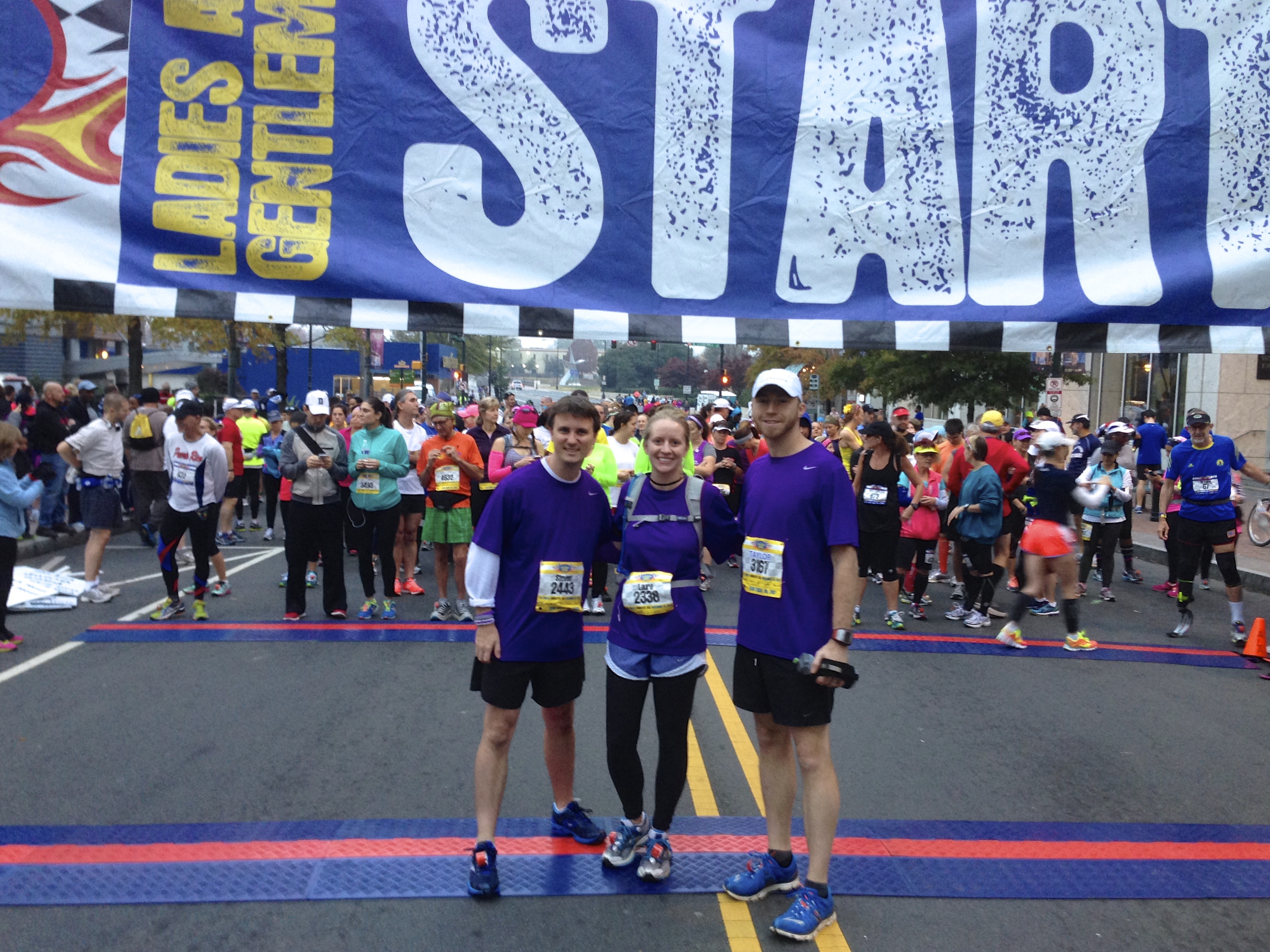This Saturday, I’ll run the Charlotte 10 Miler in Taylor’s honor for the third consecutive year.
My little sister’s brave fight against Batten disease inspires me to lace up my running shoes day after day, but this race is special because it kicks off the week leading up to World Rare Disease Day. Rare Disease Day is an international event founded by EURORDIS (Rare Diseases Europe) and sponsored stateside by the National Organization for Rare Disorders (NORD). It highlights the need for improved support for rare disease victims, their caregivers and the health care providers and scientists who dedicate their careers and lives to treating rare disease patients.
You may believe rare disease is a problem that affects an unfortunate few, but it’s not. Together, rare diseases affect about 30 million Americans, or one in 10 people. And worldwide, rare diseases impact more people than AIDS and cancer combined. Plus, most rare diseases are serious, chronic illnesses; that means they lead to not only incredible emotional and physical suffering, but also staggering costs when it comes to ongoing care. Rare disease is a serious public health issue, and while even a single life is precious, one in 10 is just too common to ignore.
“Rare diseases affect about 30 million Americans, or one in 10 people.”
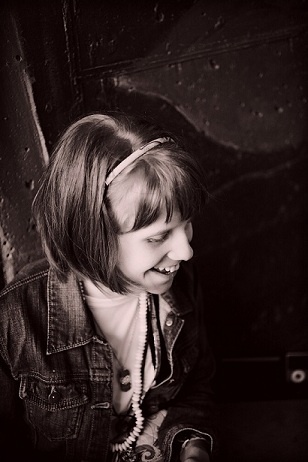
I went for a 5K run tonight, my first in several days after having minor surgery Monday morning. The night was unseasonably warm, and as I picked up speed on a long, open stretch of pavement in my neighborhood and felt the fresh air fill my lungs, I thanked God for giving me two legs and feet. As I ran beneath a red caution light at an intersection, I had a memory of a night early in my training to become a blind runner last year, before I began wearing a blindfold. On that night, I ran with my eyes closed, but the light was bright enough in the dark sky that I could see it even through my closed lids. As I ran beneath the light tonight, my blindfolded half marathon behind me, I thanked God for giving me two eyes that can see. And as I wound down at the end of my run, finishing with a mile at race pace despite having just had surgery two days earlier, I thought about how simple my problems are compared to those of my sister and so many others battling a rare disease.
That’s why, on Saturday, I’ll lace up my shoes for all of them at the Charlotte 10 Miler: 10 miles for one in 10.
That’s why, on World Rare Disease Day next Friday, Feb. 28, I’ll join others from Taylor’s Tale in leading the Charlotte community in a candlelight vigil to honor and remember all those affected by rare disease.
That’s why I’ll never stop fighting for a better tomorrow for people like Taylor – the one in 10 who, just like you and I, deserve a chance to run this race we call life.
Taylor’s Tale will host a candlelight vigil at Freedom Park in Charlotte, NC on Friday, Feb. 28 at 6 p.m. to commemorate Rare Disease Day. The vigil is free and open to the public. Learn More

